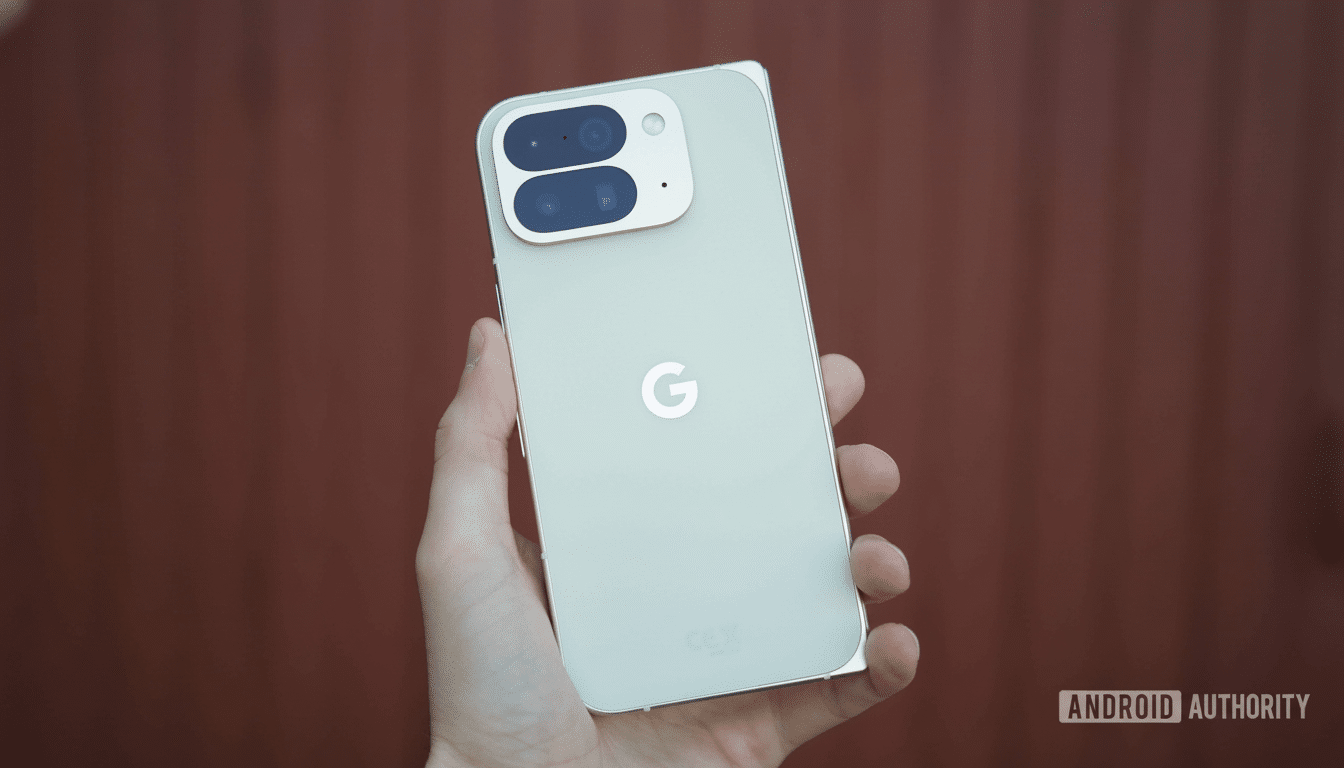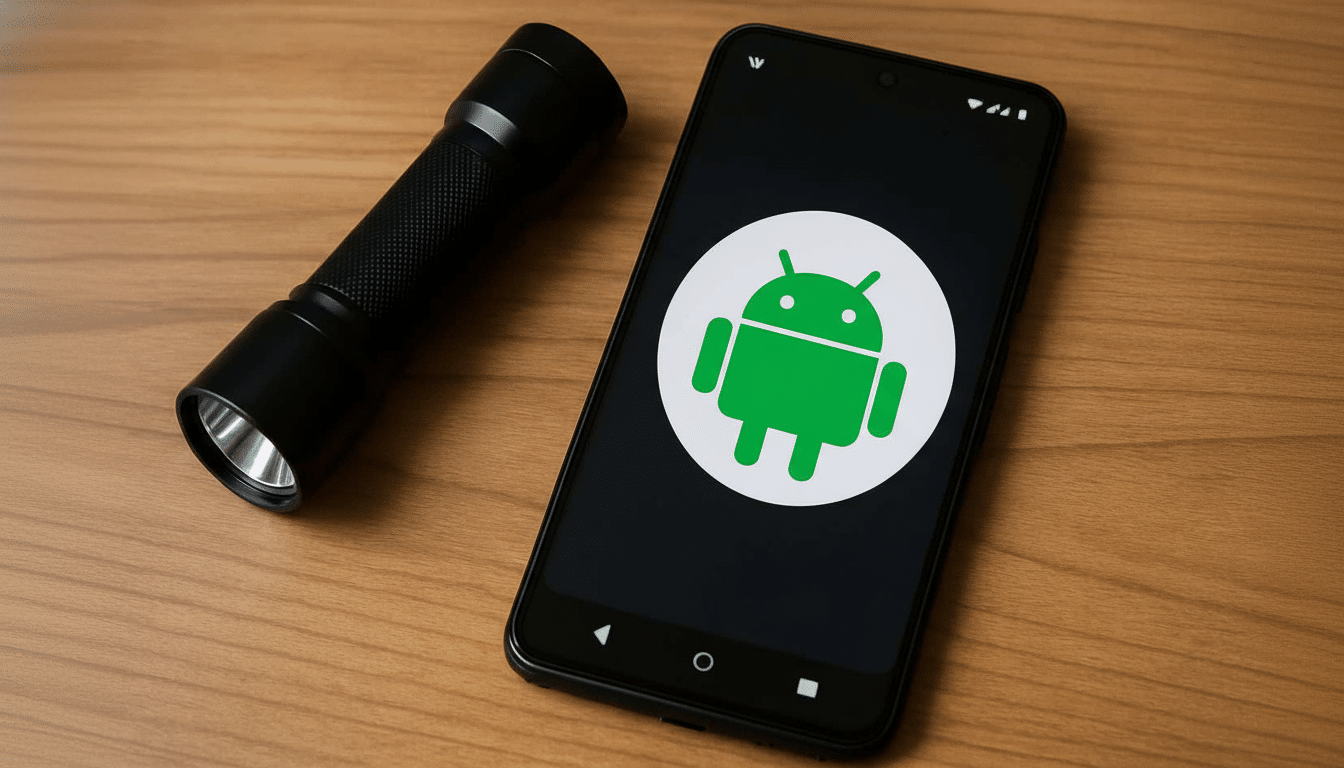Google’s latest Android Canary build, build 2510 to be specific, is hitting Pixel 6 and beyond with some small but meaningful interface refinements. Testers are also witnessing a revamped flashlight brightness control, new flexibility for three-button navigation, and hints at smarter Always‑On Display behavior, all in build ZP11.250926.010.
What’s new in Android Canary 2510 for Pixel devices
It doesn’t post formal changelogs for the Canary builds, but you can get a pretty good idea of what’s new from community testing and the public issue tracker. This release will come pretty wide for Pixel 6 and beyond, and it’s available at launch for the entire family of phones named as part of Pixel 10, including the new foldable flagship.

Like all Canary builds, some features are up and running, while others can only be accessed via flags. You can expect unfinished UI elements and buggy behavior, which will likely be polished before the feature goes to beta or stable as Google uses this branch to prototype ideas.
Flashlight Brightness Has Clearer Controls
Virgin test builds came with a tiny torch intensity slider; 2510 gives the control itself, still no doubt tiny but at least deliberately cramped and contrasty (with focused torch contents and spacing) to be parsed at a mere glance. It’s a tiny design pass, but it addresses a real pain point: the old toggle-or-nothing system tended to require regular users to pop open the camera or third‑party tools just to avert floodlight‑in-a-dark-room levels of brightness.
Multi‑step torch levels have been available from OEM skins—the One UI or HyperOS kind—for a while now (a discussion for another day) directly in the Quick Settings panel. Implementing a more polished version in Core Android will help close the feature gap and provide a consistent experience across apps that activate the device torch using standard APIs. Expect the slider to honor per‑device hardware limits; some phones provide finer steps depending on the LED driver.
Three-Button Navigation Finally Switches Places
Gesture navigation might be the default, but millions never venture from good old three buttons for muscle memory and accessibility. Canary 2510 brings a simple, long-requested option: you can reverse the order of the Back, Home, and Recents buttons. Users who are used to Galaxy phones, in which Back resides to the right, now can get that layout without any third‑party mods.
The toggle exists in System navigation settings, affecting the system globally so apps inherit the new positions automatically. It’s a nice touch and I think it makes for an easier cross‑OEM migration: lowering the relearning friction is good for retention and reduces accidental taps, particularly among left‑handed people or those operating large screens single-handed.

Hints of a smarter, power-aware Always-On Display
For example, buried indicators suggest a new “turn off display on inactivity” setting for the Always‑On Display (AOD). It is not enabled by default in this build, but the implication is clear—let the phone go completely dark if it doesn’t feel any touch for a longer period of time, presumably waking AOD back up once you move or get a notification.
That could mean measurable savings in power. For AOD draw, this usually ranges from like 0.5–1% battery per hour, depending on panel tech and content (typical per OEM guidance). Letting AOD fall asleep when it’s not doing anyone any good (e.g., sitting on a desk overnight) might take a nibble out of those percentage points by the following morning, but without giving up glanceable info during that precious fraction of battery life. Given Google’s previous work on Adaptive Battery and ambient sensing, it should be context‑aware rather than simply a blunt timer.
Availability for Canary 2510 and how to try it
Android Canary 2510 is for the Pixel 6 and beyond, including next year’s rumored Pixel 10. As with pre‑release software in general, you will likely encounter bugs and visual artifacts, and some features may be removed or altered before stable rollout. These days, Google’s public issue tracker and the Android Open Source Project Gerrit are still the most reliable places to keep an eye on for confirmed changes or fixes.
And if you depend on your phone for work, consider running Canary on a second device. Make sure the build number you are looking for is ZP11.250926.010, and a few new features may need developer flags or a settings database switch—one that is not yet exposed in the regular UI.
Why these small Android Canary 2510 tweaks matter
None of these enhancements will be headliners on keynote slides, but they all combine toward a more refined, respectful Android experience. The flashlight UI has been made clearer to reduce friction for daily operations. Flexible navigation order enhances accessibility and allows ease in brand switching. And a more intelligent handling of AOD is symptomatic of a growing insight into the need for power management that is intelligent, rather than one-size-fits-all toggles.
For developers, the kind of platform-level polish we see here is a signal: UI affordances are stabilizing, which means it’s getting safer to invest in experiences that rely on consistent system behavior across devices. For end users, it’s the type of progress you can feel in everything you do—even if you don’t notice it immediately.

